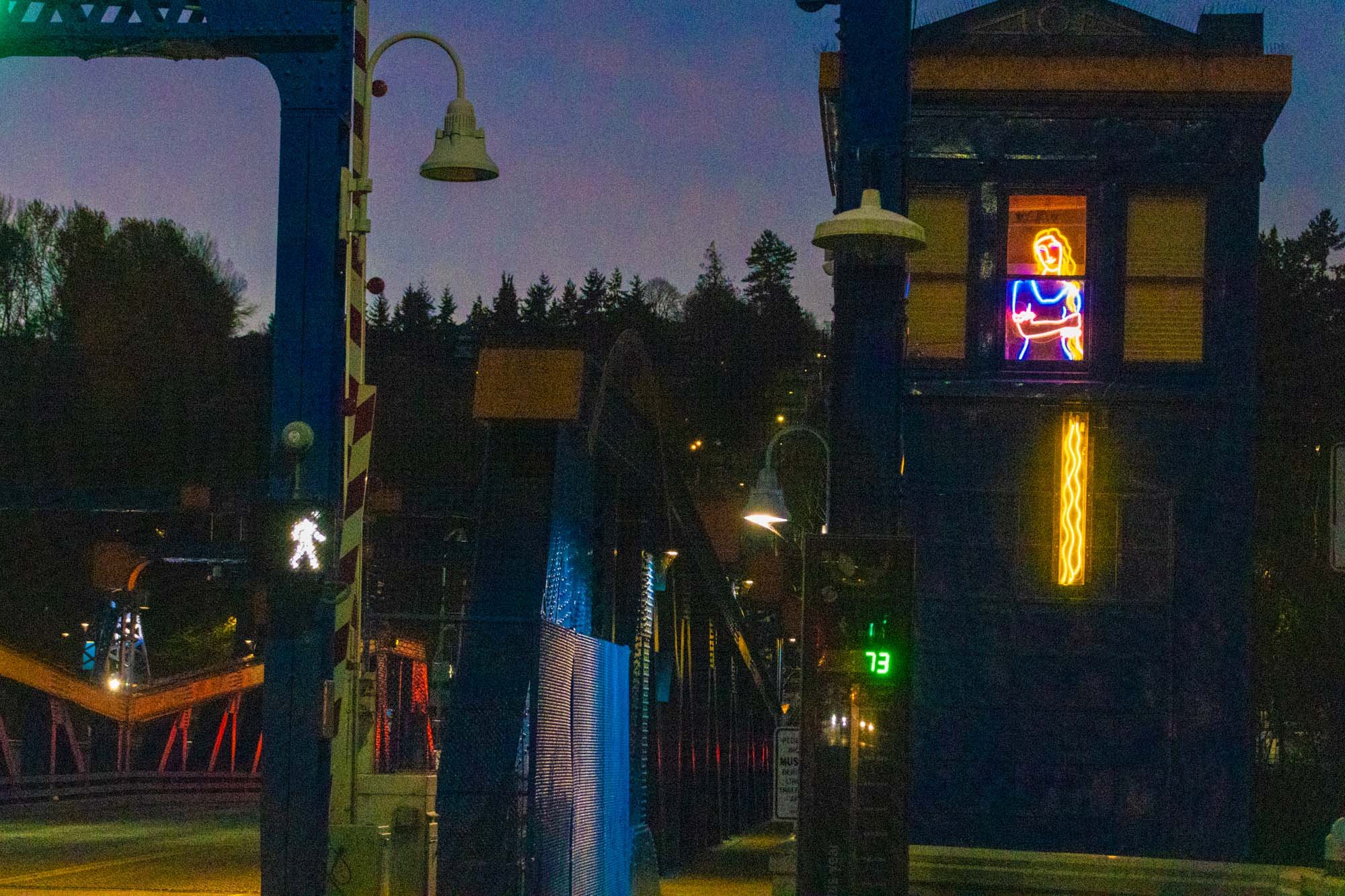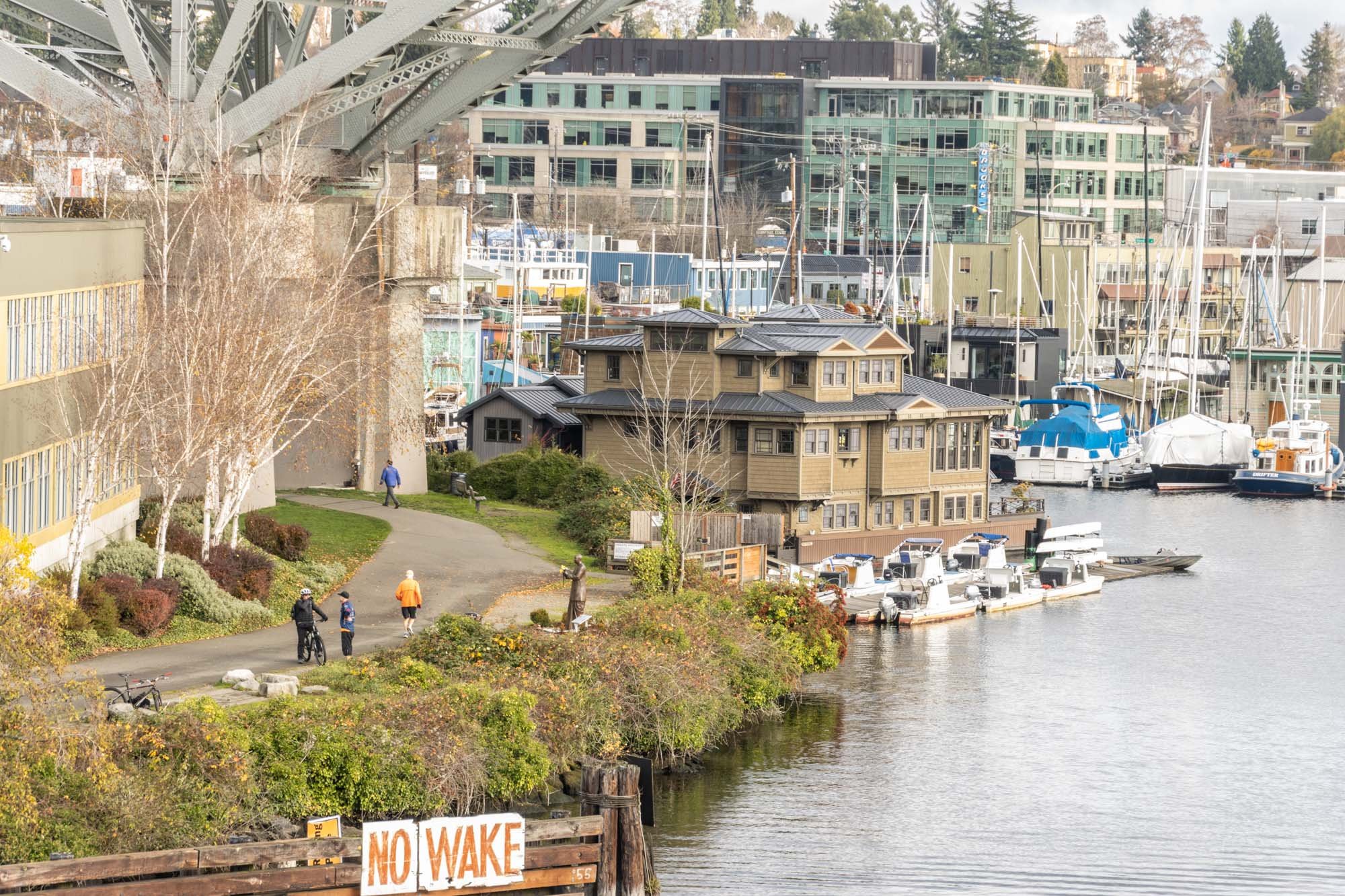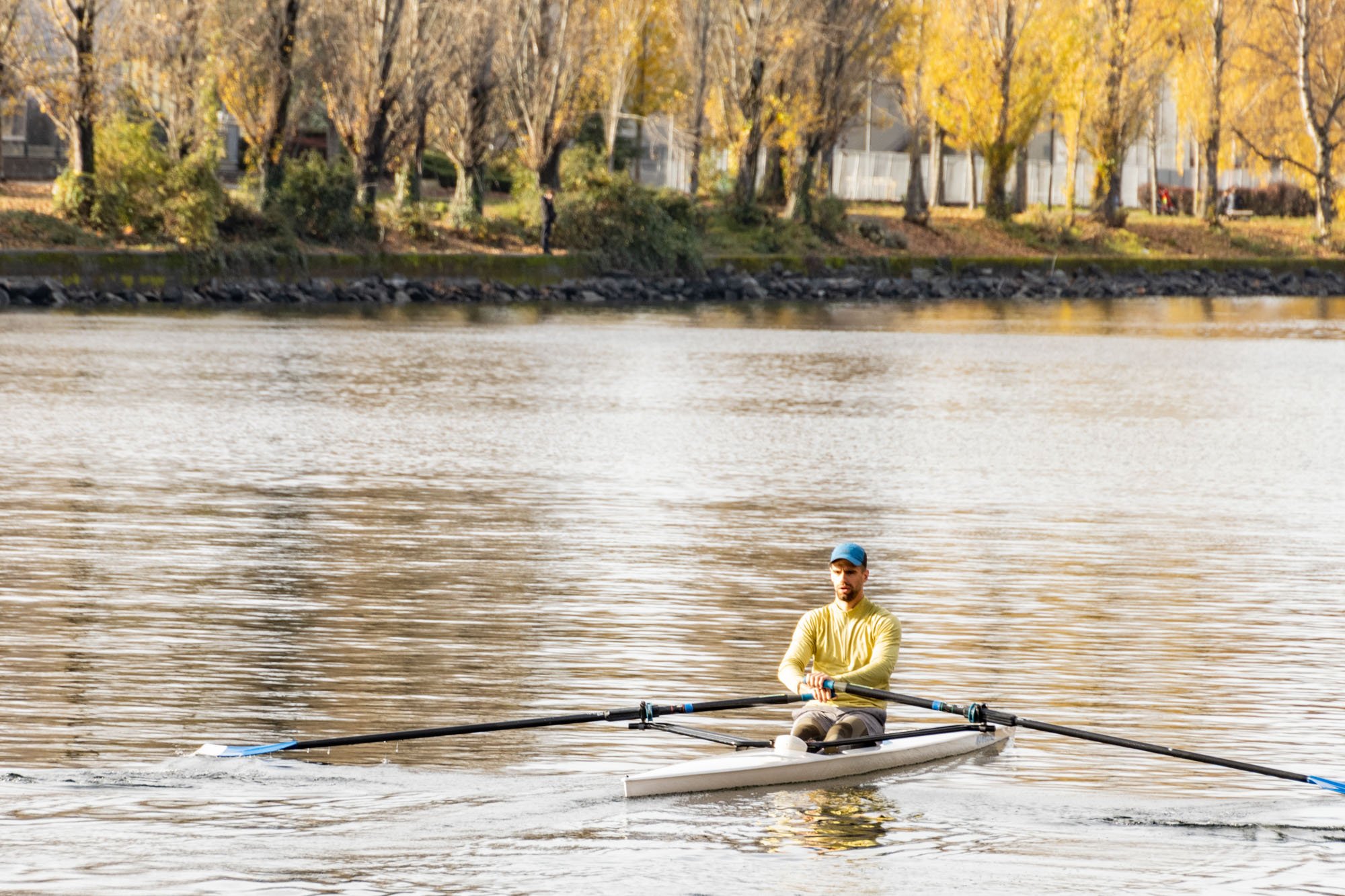Fremont - The Center of the Universe
Funky Fremont, as it’s sometimes called, is a lively, artsy neighborhood that is fun to visit whether you are looking for a delicious place to eat, a gift for yourself or for a friend, or if you just want to walk around and see the sights.
Early Days
Beginning in 1843 John Charles Fremont was sent by the U.S. Congress to explore western trails for development. Once Congress published his reports people began migrating westward. In 1888 Edward and Carrie Blewett and Luther Griffin, from Fremont, Nebraska, purchased land northwest of Lake Union for development. The founders ultimately named it Fremont, after their home of origin. This was the beginning of rapid growth of the area with churches, schools and retail establishments. Larger industries included lumber and shingle mills and an iron foundry which all provided resources for building businesses and homes.
In 1890 a street car line came from downtown along Westlake and across the bridge. At Fremont Avenue North and North 34th Street there was a transfer point where people could change to cars that went to Woodland Park or Green Lake. Prior to this there had already been a plan in place to build a ship canal and a railroad which would go through the same main area of the new neighborhood. (That railroad is now the Burke Gilman Trail). The railroad and the streetcar contributed to making Fremont a desirable place to live and do business. The history of transit in the early days of Fremont was commemorated by the creation of the sculpture “Waiting for the Interurban” in 1970. And a piece of trivia: The building that houses Theo’s Candy, is the former Fremont Trolley Barn.
Just down North 34th Avenue to the east stand J.P. Patches and his girlfriend Gertrude who appear to be running in opposite directions for the train. “Late for the Interurban” recognizes Patches whose live, unrehearsed KIRO TV show entertained children in the Puget Sound area for 22 years. The installation includes a place to leave buttons on Patches’ famously button-laden jacket, as well as a bronze ICU2TV box, a prop on the show that J.P. Patches used in wishing fans happy birthday) that accepts donations, which go to Seattle Children’s.
Center of the Universe
In 1990, a sign was placed on the corner of Fremont Avenue North and Fremont Place North, the assumed location of the center of the universe, directing travelers to places from Machu Pichu to Pluto, the Louvre and Timbuktu. I found at least three different stories about the origin of this street sign. One was related to the historical proximity of the streetcar and railroad. Another was a story about a group of scientists who determined that Fremont was actually the center of the universe. The last was about an effort in the 1990’s to change the public’s perception of Fremont from an unfriendly industrial area to one that is fun and will attract visitors. Building on the popularity of the Solstice Parade which started in 1989 and the Sunday Flea Market in 1990, a coalition of business owners and residents started a PR campaign, resulting in the construction of the signpost.
In 1939 interurban rail service ended and in 1941 the City of Seattle dismantled the streetcar system which in combination caused Fremont to go into a major slump which lasted for decades. In 1960 when Boeing started laying people off Seattle itself fell into an economic depression. Real estate prices bottomed out all over Seattle, and Fremont rents were so low that artists started moving there because it was so affordable. In the 1970’s the artist community began to unite and an arts council was developed. Around the same time the Seattle Department of Neighborhoods decided to define boundaries of each neighborhood to bring a sense of community to the residents. Fremont’s identify was clearly linked to the arts and it became known as the Artists Republic.
In July 1994, the Metropolitan King County Council issued an official proclamation: “Fremont is a State of Mind... Fremont has a long and lustrous history of community activism, having transformed itself into a thriving business, arts, and urban living community…. the Metropolitan King County Council plainly postulates and proclaims Fremont to be Center of the Universe…”
Fremont Troll
A contest was held to create a piece of art which would replace of the constant collection of garbage of all sizes and types under the Aurora Bridge. The 18-foot-high Fremont Troll, inspired by the folk tale Billy Goat’s Gruff, was designed by sculptor Steve Badanes, and constructed by Badanes, 3 other artists and a group of volunteers in 1990. In his left hand the Troll is crushing an old-style VW Beetle, which originally contained a time capsule of Elvis memorabilia. The time capsule was removed after the car was vandalized and the California license plate was stolen. The crushed car and out-of-state plates were meant as protests against "outsider" development. Another piece of trivia: The troll’s eye is the hubcap of the car.
Fremont Bridge
The original span between Queen Anne and Fremont was a wooden trestle carrying only streetcars. It was razed in 1911 to make way for the channel to be widened and deepened, and was replaced by temporary bridges at Stone Avenue (now Stone Way) and at Fremont Avenue. The new permanent bridge opened to traffic in 1917. Can you imagine – 6 years! Because it sits so low and requires opening for most boat traffic, the Fremont Bridge is known to open more times a day than any bridge in the world, at an average of 35 times a day.
The Fremont Bridge is a piece of art in itself. It is the only one of the channel-crossing bridges that is painted any color other than dark green as it was for many years. Attendees at the Fremont Street Fair in 1984 voted and chose Canal Blue and orange as the two toned color scheme; it remains the same today.
In 1984 two neon sculptures by Rodman Miller were add to the bridge towers. The one on the west tower shows Rapunzel as the bridge tender with her flowing golden hair, and the east side depicts Rudyard Kipling’s “How the Elephant Got its Trunk”.
Views from the either side of the bridge reward us with calm waters, people running, walking, cycling or just relaxing on benches or steps on the Burke Gilman trail or the Ship Canal Trail, and boats of all types from kayaks to yachts.
Outer Space
A circa 1951’s cold water rocket fuselage had been on display at an Army Surplus in Belltown. When it became known that the rocket was to be dismantled, the Fremont Business Association acquired it in 1991. It fit perfectly with the other unusual and random items around Fremont. The rocket is now located on North 36th Street and Evanston Avenue North, and bears the Fremont crest and motto, “De Libertas Quirkas”–which means “Freedom to be Peculiar.”
Directly across the street from the rocket is a fiberglass model of Saturn that sits 65 feet above the ground on a five story commercial building. With rings that change colors in the dark, Saturn is 12 feet in diameter. It was the vision of developer Brian Regan who believe that people close to the planet would feel its gravitational pull and feel good vibes.
Lenin
Just two blocks away sits the 16 foot sculpture of the Communist revolutionary Vladimir Lenin. It was initially on display in the Czeckoslovak Socialist Republic. In 1993 it was found lying in a junkyard by an American who brought it home to Washington, however he died before he could carry out his plans for displaying it. It has been sitting in a temporary location on the corner of North 36th Street and, Evanston Street North and Fremont Place North. Unlike most statues of Lenin show him with his arms outstretched, this one is more aggressive, surrounded by guns and flames. For as long as this structure has been here it has been a source of controversy. And as much as art is typically looked at as positive, this piece still represents a violent time and a violent person. There have been many attempts by the city and state governments to have it removed, but so far, Lenin still stands in Fremont.
Fremont is a unique place. It’s a great place to just hang out and people watch. And even if you’ve gone multiple times, it’s always changing. and new things keep popping up. Just keep your eyes open and look around. You never know what you’ll discover.














